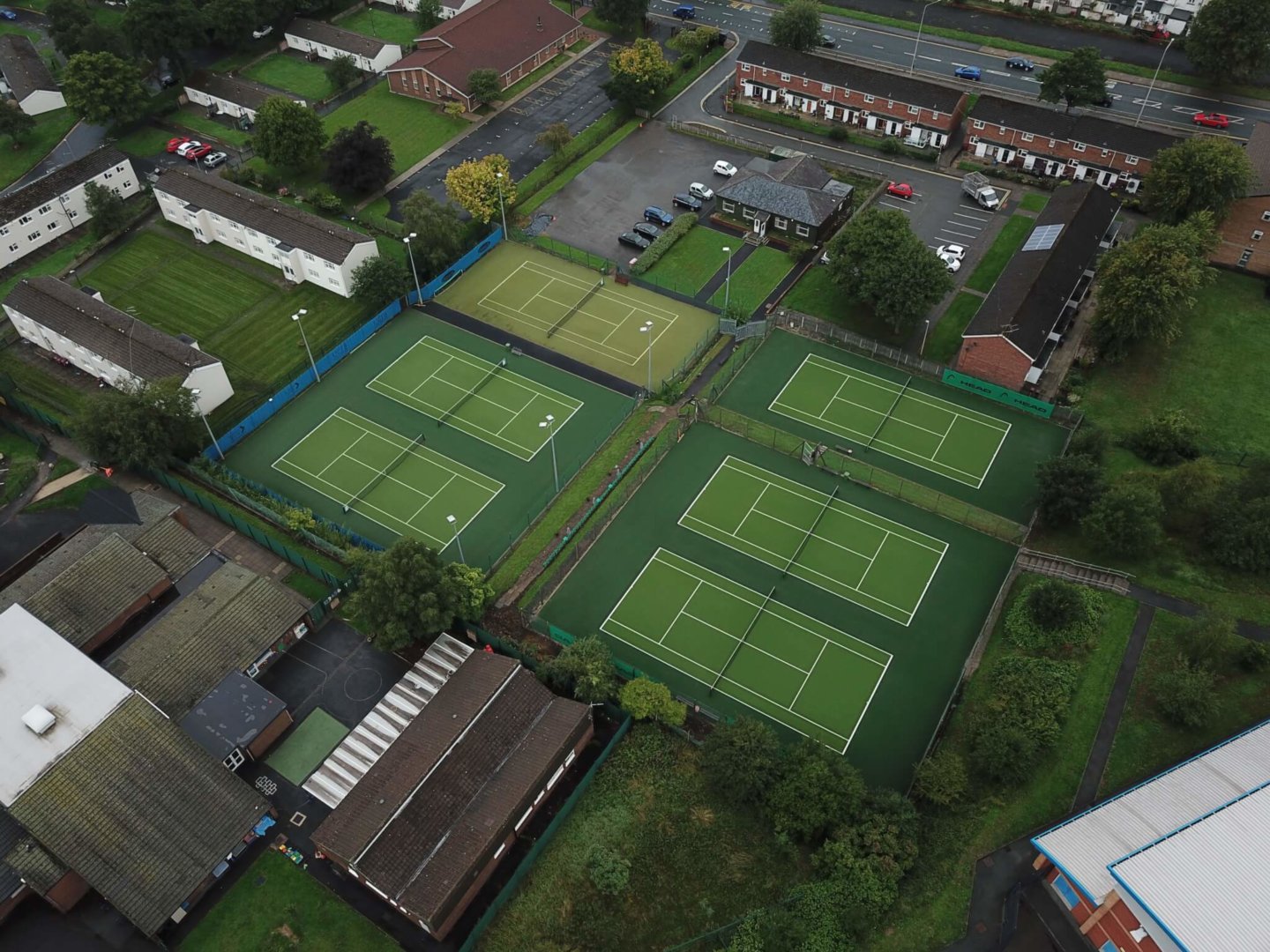The three most common tennis turf mistakes made by clubs in 2018
If you’re responsible for the facilities at your tennis club or school, there’s every chance you’re well aware of the benefits artificial tennis turf might be able to offer. But with artificial grass for tennis ever-evolving, the number of potential pitfalls you could fall into when choosing a new surface for your courts is greater than ever.
So which mistakes and misplaced assumptions have we encountered most frequently over the last year? The following list should give you some pointers on what to avoid when the time comes to choose your very own artificial grass for tennis.
- “All artificial grass is the same.”
This misconception is probably the one that occurs most frequently across multiple sports, and is one many UK-based manufacturers are working hard to address. There might be plenty of low-cost imports available on today’s market, but will those products last the 10-15 years a quality tennis turf should? Probably not. And will they meet the approval of the ITF’s testing requirements? That seems highly unlikely too. If the price you’ve been quoted for your new artificial tennis court seems too good to be true, there’s every chance it is. If in doubt, ask your tennis court contractor to name the brand of turf they plan to install, and check the brand’s credentials yourself before giving the project the go-ahead.
- “We just need to make sure we choose a surface made for tennis.”
As recently as a decade ago, you might have been right to assume that all tennis turf options were more or less made equal, but that certainly isn’t the case today. Depending on your needs, you might want to choose a conventional artificial grass, an artificial clay, or even a Multi Use Games Area (MUGA), which is suitable for a number of recreational sports. If you
need to brush up on the differences between each type, our guide to the different types of tennis court surface is a great place to start.
- “Having an artificial tennis surface means we don’t need to worry about maintenance.”
Most clubs will be used to looking after their natural grass courts. After all, troublesome divots, long grass, and worn markings are all a nightmare for players. Artificial tennis turf will reduce the risk of all of these, but only if the court is looked after properly as a synthetic tennis court should be considered low maintenance, not no maintenance. If you’re thinking about having a new surface installed, why not read our quick tennis court maintenance guide first?
Of course, not every club finds itself making mistakes during the planning or installation of their new tennis courts. Some of the best case studies featuring clubs and schools who have wisely invested in new facilities this year can be found here.
Why not make 2019 the year you give your club some facilities to be truly proud of?










